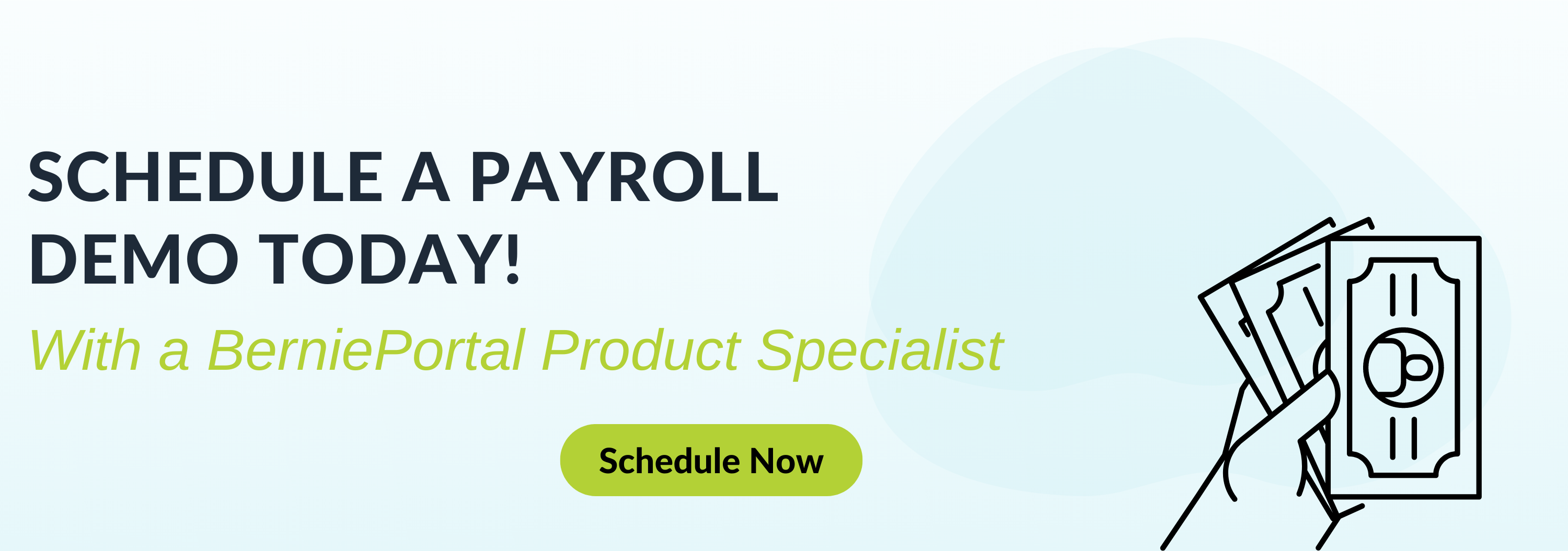
Written by
Drew Gieseke
Drew Gieseke is an aPHR®-certified marketing professional who writes about HR, compliance, and healthcare solutions.
What is Hazard Pay, How Does it Work, and What’s HR’s Role?

For some employers, hazard pay is part of the job. Dangerous worksites, physically demanding tasks, and other duties require additional compensation to keep positions staffed with skilled workers. For others, hazard pay probably won’t ever enter the budgeting equation. Still, great HR professionals take it upon themselves to learn the ins and outs of the workplace, so consider this your primer on hazard pay compliance.
What is Hazard Pay?
Hazard pay is form of differential pay for employees who perform a dangerous job or work that involves physical hardship. The U.S. Department of Labor (DOL) defines “physical hardship” as “work duty that causes extreme physical discomfort and distress which is not adequately alleviated by protective devices.”
According to employment website Monster.com, five of the most common occupations that earn hazard pay include:
- Fishers and fishing industry workers
- Logging workers
- Aircraft pilots and flight engineers
- Roofers
- Refuse and recyclable material collectors
How Does Hazard Pay Work?
The Department of Commerce states that hazard pay “is computed on the basis of hours in a pay status,” meaning that any time an employee is exposed to dangerous work, they’re entitled to additional compensation “for all compensable hours that day.” This pay must be coded on a Time and Attendance Report.
Additionally, hazard pay is discontinued only in the following circumstances:
- The dangerous conditions end
- Protective or mechanical devices are implemented that reduce the risk or alleviate the discomfort below the “significant level” threshold in compliance with Occupational Health and Safety (OSHA) standards
The DOL also points out that the Fair Labor Standards Act (FLSA) only addresses hazard pay by requiring that it’s included “as part of a federal employee's regular rate of pay in computing the employee's overtime pay.” Otherwise, no law requires employers to grant hazard pay to workers.
Instead, this compensation is typically negotiated through union collective bargaining agreements (CBA) or simply offered by employers in acknowledgment of the dangers of the occupation.
HR’s Role in Hazard Pay
Hazard pay is a pay differential separate from base wages. It also typically applies to specific industries and jobs, meaning there’s a great chance that companies operating in these industries already offer hazard pay to qualifying workers.
However, there are a few key steps HR can take to master hazard pay compliance:
- Learn the Policy: Front to back, make sure that you understand exactly how the hazard pay policy works, how to track and report it, and the organization’s obligations to a CBA (if applicable). A breach of contract could result in legal action.
- Instruct Employees: Whether new or seasoned workers, part of great HR work includes establishing an ongoing dialogue between your team and staff. Refresher discussions, intro training, and more can facilitate these conversations—and keep your workers informed about their wages.
- Work With Payroll: Does your payroll department know how to calculate hazard pay? Are you budgeting accordingly? Mistakes can be quite costly, so align with this team (and all others) to ensure compliance, efficiency, and satisfied workers.
- Consider Offering Hazard Pay: Much of the debate surrounding essential workers during the COVID-19 pandemic centered on whether or not they should be afforded hazard pay. However, private employers aren’t legally required to offer hazard pay unless obligated by an employment contract. But if you know that your work environment can be dangerous—i.e. it involves physical hardship—and your organization can afford to implement a hazard pay policy, you could increase retention and recruitment rates among workers by doing so. Regardless, the result of implementing hazard pay could save time and money in the long run, because hiring new workers can cost more than $4,000 per hire and take an average of 42 days to fill the position.

Written by
Drew Gieseke
Drew Gieseke is an aPHR®-certified marketing professional who writes about HR, compliance, and healthcare solutions.
Related Posts
We just wrapped up another phenomenal Weekdays with Bernie (WWB) Conference!
Employees are the heart and soul of an organization, and valuing their opinions can have...
HR parties of one already have an abundance of tasks to keep up with. From hiring to...
The talent search is no longer a skirmish or a battle. It’s a WAR! As a strategic HR...







Submit a Comment